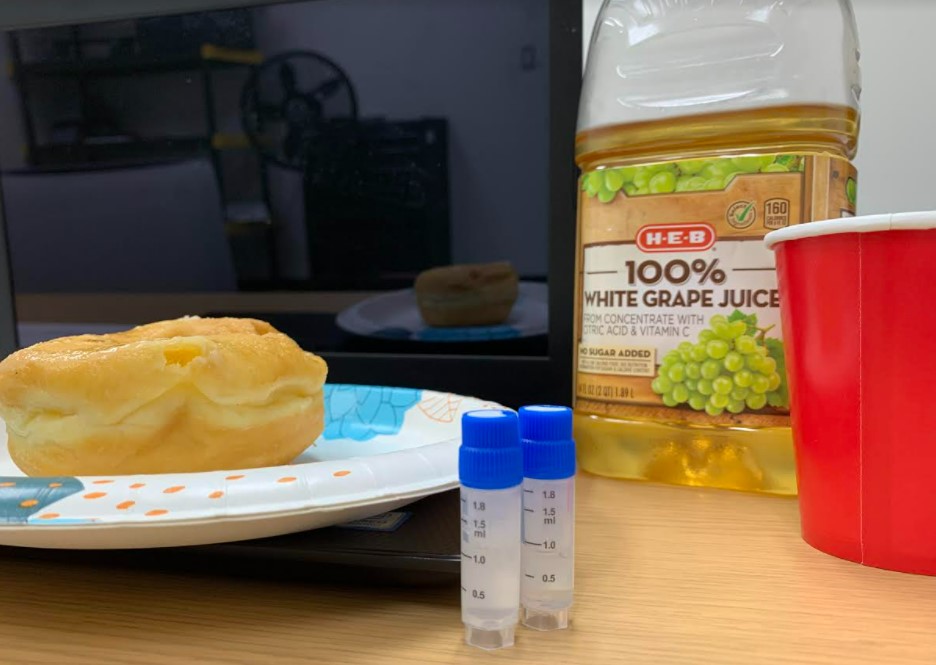King Creativity
Are You Stressed or Are You Hungry?: A Cortisol Study Under Stress Versus Hunger Stimulus
Open gallery

Cortisol is most well known today as the “stress hormone.” However, cortisol plays an important role in the regulation of homeostasis in nearly all of the body’s organs and organ systems. Free cortisol analysis, through body fluids, is a noninvasive and convenient method for the participant and the scientist to quantitatively measure the body’s reactions to stress. Though cortisol analysis is a highly useful multifaceted-tool in research and health parameters, salivary cortisol stimulated by the sympathetic and parasympathetic systems, can be influenced by many factors (e.g. smoking; traits such as age, gender, and weight; physical exercise). Under intense stimuli, the SNS sends a response via the HPA axis by releasing a surge of cortisol and catecholamines into the blood. Likewise the PNS responds to hunger and low blood sugar stimuli by releasing cortisol into the blood. Yet, little research has been shown on the effects of hunger upon salivary cortisol levels. The purpose of this study is to determine a significant difference in salivary cortisol concentrations stimulated under hunger versus stress stimulus.














